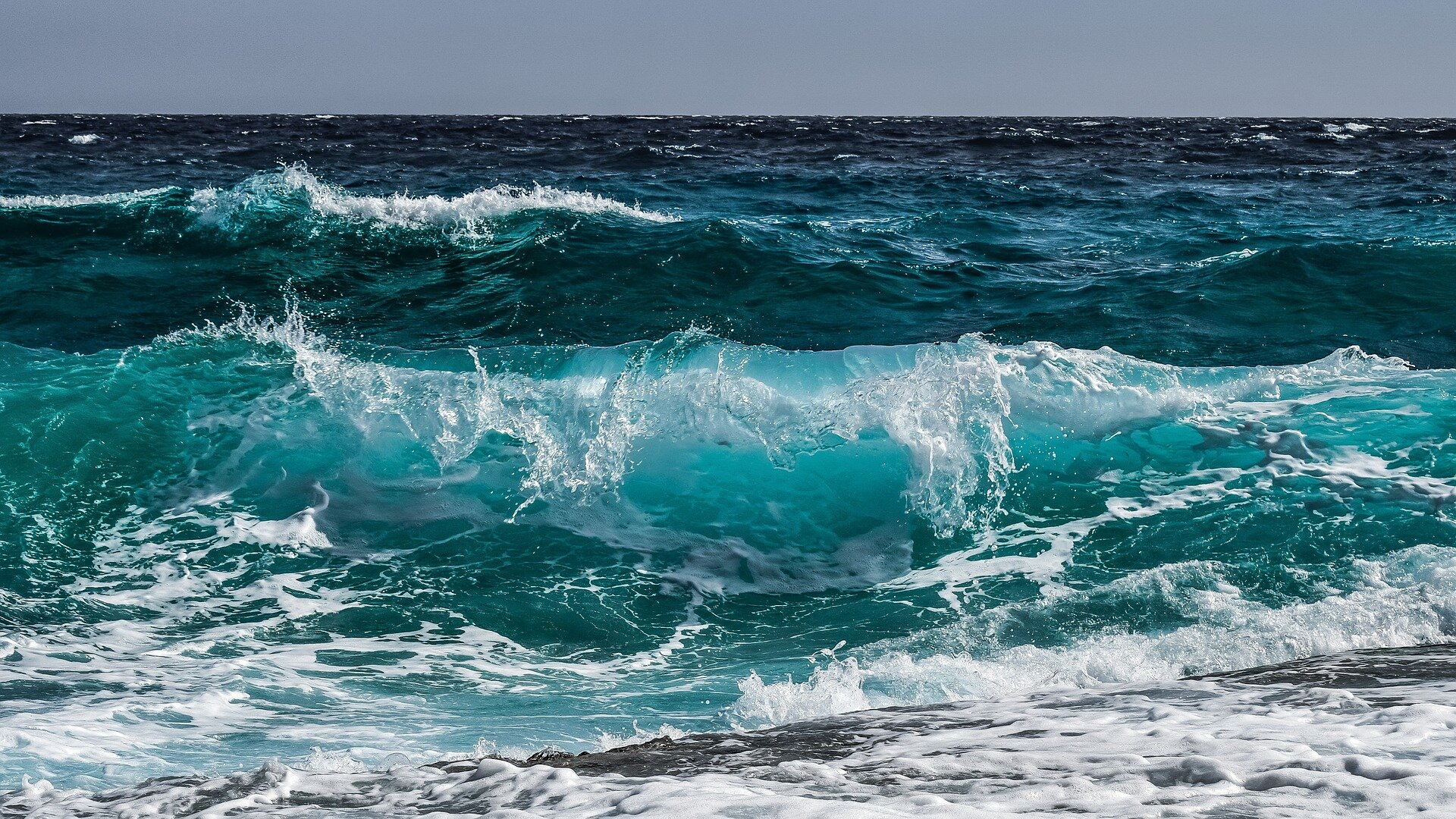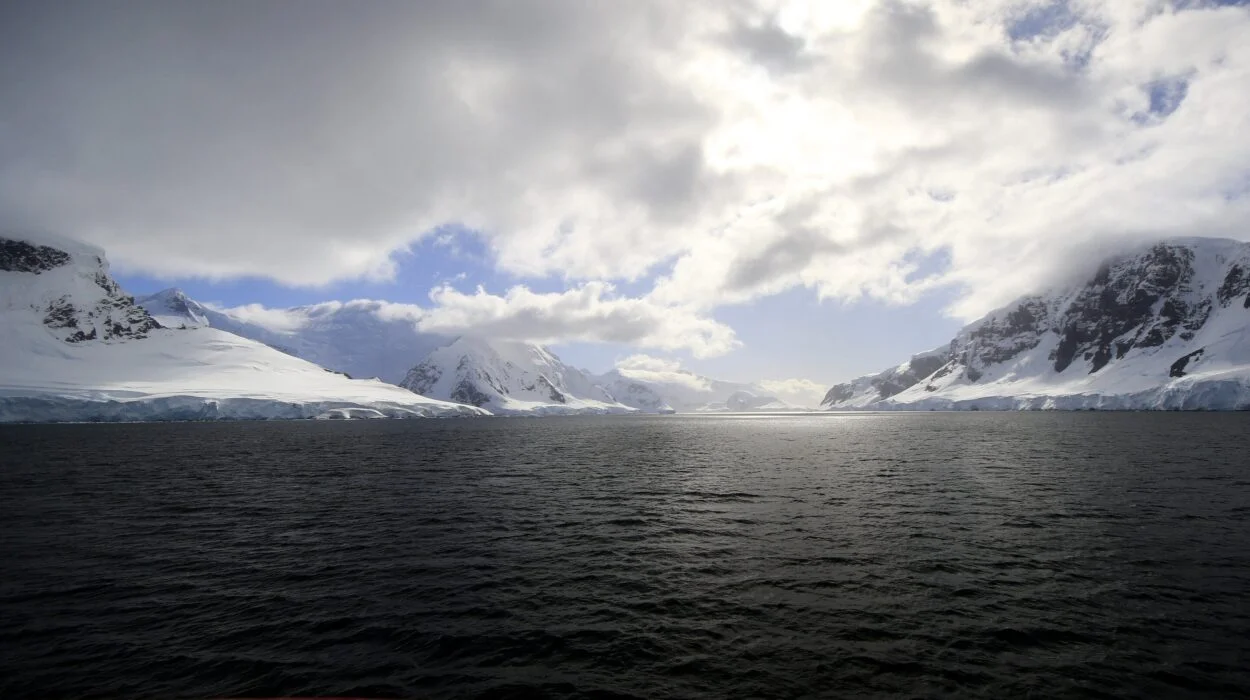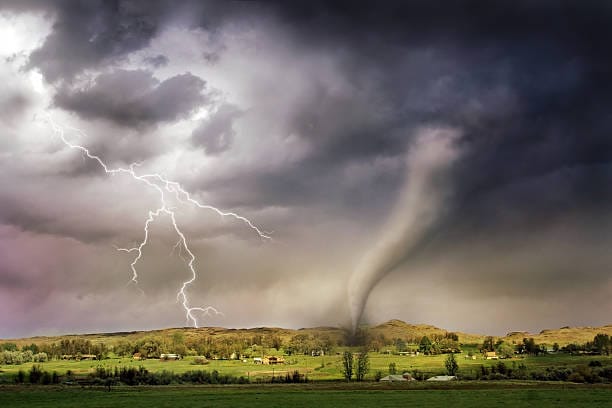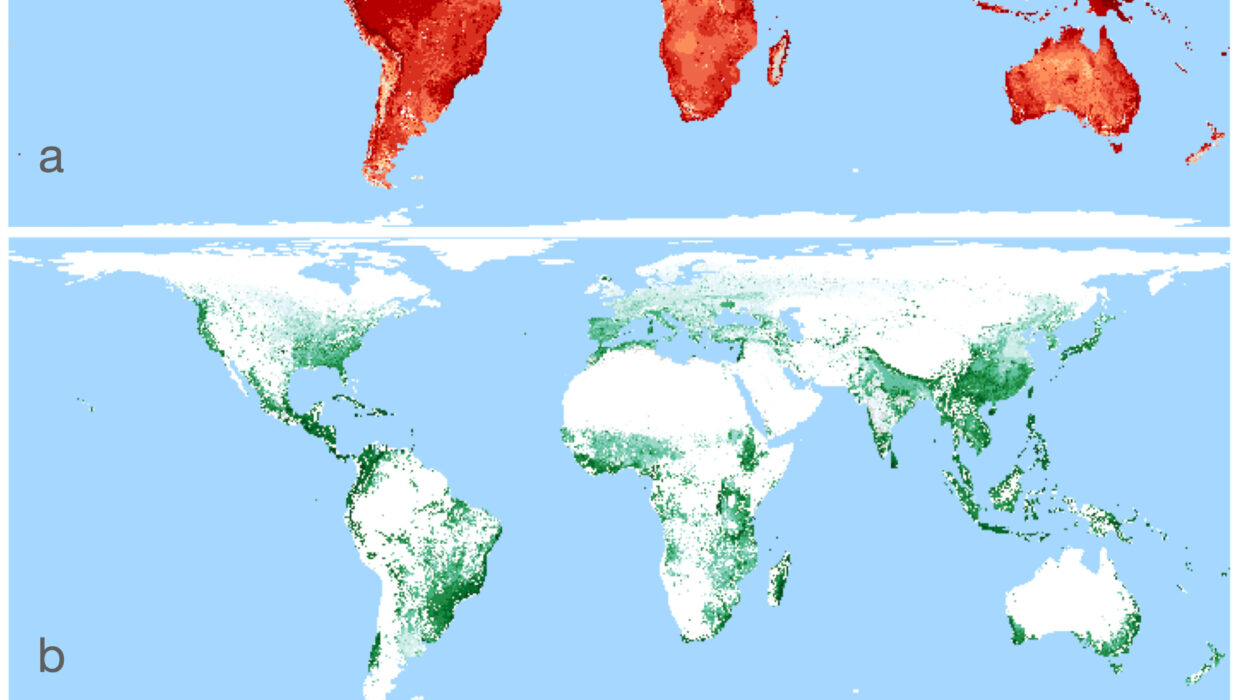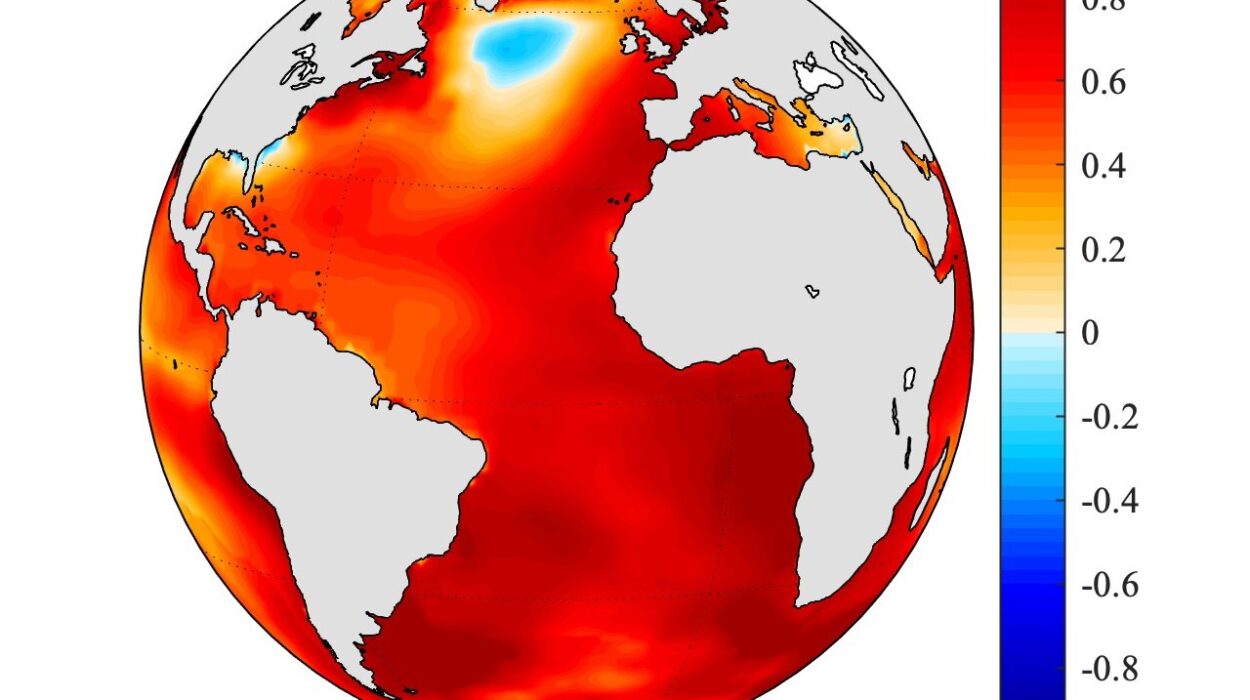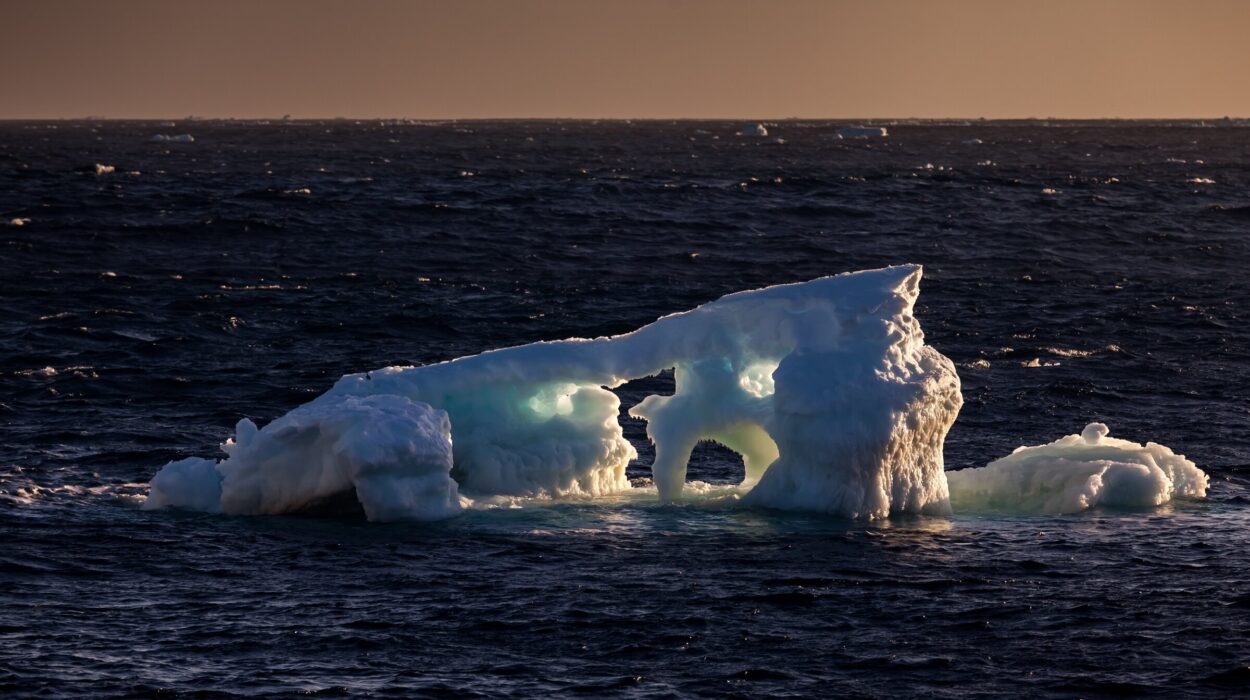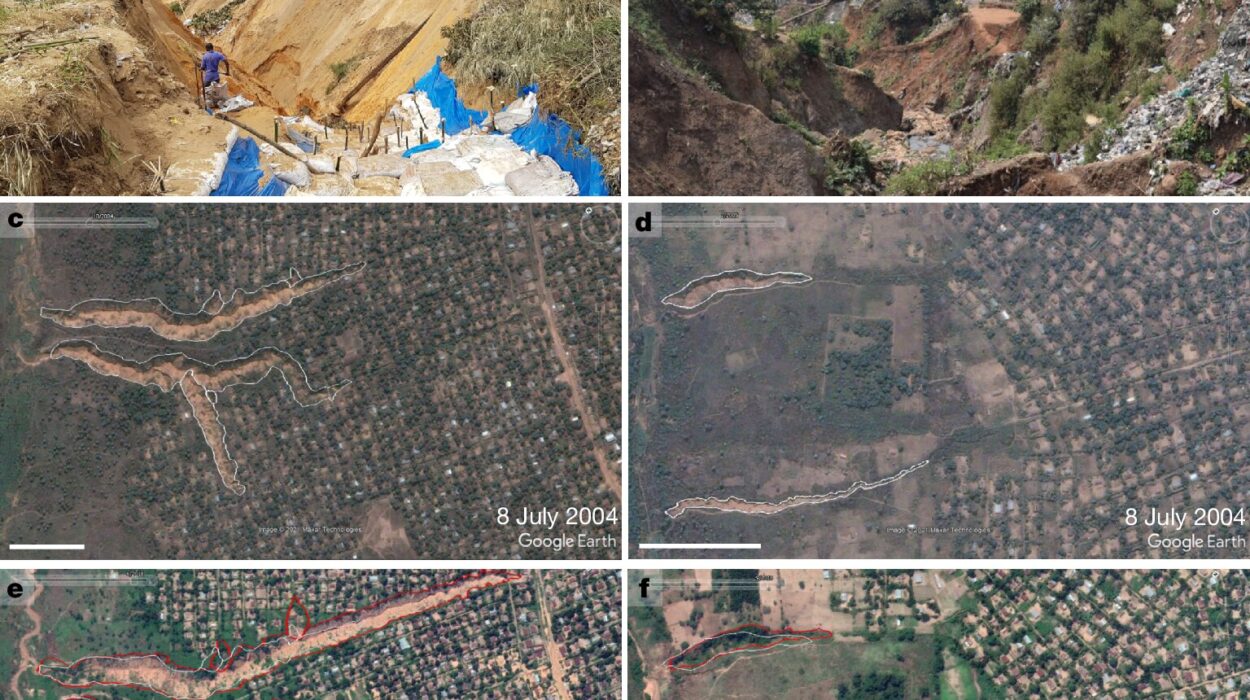In the quiet symmetry of Earth seen from space, oceans have always offered a steady hue—a deep, unbroken blue stretching from horizon to horizon. But now, satellites are detecting something unusual: a subtle yet significant shift in the color of our seas. The change is not just aesthetic. It’s a signal. And scientists are listening.
A new study published June 19 in the journal Science reveals that the world’s ocean waters are becoming greener near the poles and bluer toward the equator, a pattern unfolding quietly but steadily over the past two decades. The change, imperceptible to the naked eye, was detected using high-resolution satellite data collected from 2003 to 2022.
What lies beneath this transformation is not just a story about light and pigment. It’s a tale of tiny living organisms, global ecosystems, and perhaps a subtle preview of what a changing climate might bring.
A Hidden World of Color
At the heart of this chromatic shift is chlorophyll—the green pigment produced by phytoplankton, microscopic marine organisms that float in the sunlit surface layers of oceans and perform a vital role in the Earth’s biological engine.
Phytoplankton are more than just drifters. They are the foundation of marine food webs, sustaining everything from tiny zooplankton to massive whales. They also play a crucial role in carbon sequestration, pulling in carbon dioxide during photosynthesis and ferrying it into the depths of the ocean when they die and sink.
The green tinge in the water, then, is a living signal—a bio-indicator of sorts. When chlorophyll concentrations rise, waters appear greener. When they fall, the water turns a clearer, deeper blue.
And that’s precisely what’s happening. According to the study, subtropical and tropical waters are gradually losing chlorophyll, becoming bluer, while the polar regions are greening, indicating a boost in phytoplankton populations.
“In the ocean, what we see based on satellite measurements is that the tropics and the subtropics are generally losing chlorophyll, whereas the polar regions—the high-latitude regions—are greening,” said Haipeng Zhao, lead author of the study and a postdoctoral researcher at Duke University.
Color as a Climate Barometer
The researchers weren’t just observing for beauty. They were peering into one of the planet’s most sensitive systems.
The team relied on nearly two decades of observations from a NASA satellite instrument designed to measure light reflected from Earth’s surface, gathering data every two days. The wavelengths of light bouncing off the ocean’s surface help scientists estimate how much chlorophyll is present, a proxy for the biomass of phytoplankton.
But the signal is complex. Coastal waters, for example, can be murky due to sediments and runoff, so the team focused exclusively on the open ocean, where the optical data are cleaner and more reliable.
Even then, the variations in chlorophyll concentration weren’t immediately obvious. So Zhao and his colleagues turned to an unconventional tool—economics.
Borrowing concepts like the Lorenz curve and Gini index, which economists use to measure wealth distribution, the researchers devised a way to see how chlorophyll was “distributed” across ocean regions.
“We thought, let’s apply these to see whether the proportion of the ocean that holds the most chlorophyll has changed over time,” said Nicolas Cassar, co-author and chair of Environmental Sciences at Duke.
It had. Dramatically.
What they discovered was a growing inequality in the ocean’s color profile. Green zones, particularly near the poles, were getting greener. Blue zones near the equator were getting bluer. “It’s like rich people getting richer and poor people getting poorer,” Zhao said.
A Pulse That Echoes Through the Food Chain
The implications go far beyond color. Phytoplankton are the life support system for the entire marine biosphere. A shift in where they thrive affects everything above them—from krill to tuna to seabirds and whales. A greener Arctic, for instance, could attract more marine life in coming decades, while the clearer, bluer waters of the equator may indicate a troubling hollowing out of productivity.
“Phytoplankton are at the base of the marine food chain. If they are reduced, then the upper levels of the food chain could also be impacted, which could mean a potential redistribution of fisheries,” said Cassar.
This redistribution could carry profound consequences for nations that depend heavily on equatorial fisheries—not just for nutrition but also for their economies. Small island nations in the Pacific, for example, may find their most abundant marine resources slowly migrating north or south, beyond their reach.
Climate Signals in Living Color
Though the patterns observed by the researchers span only 20 years, the signals are difficult to ignore. Rising sea surface temperatures showed a strong correlation with the chlorophyll trends. Warmer water can reduce the mixing of nutrients from the ocean’s deeper layers, effectively starving phytoplankton in the tropics. At the poles, however, warming may be extending the growing season or opening new areas to sunlight as ice recedes.
Other variables, such as wind speed, surface light levels, and the depth of the ocean’s mixed layer, didn’t show significant influence. But the researchers are careful to avoid leaping to conclusions about long-term climate change—at least, not yet.
“The study period was too short to rule out the influence of recurring climate phenomena such as El Niño,” said Susan Lozier, a co-author and dean at Georgia Tech.
Still, if the trend continues—and many signs suggest it will—it could fundamentally reshape how carbon flows through the planet’s systems.
Phytoplankton and the Climate Clock
Beyond their role as food producers, phytoplankton are also climate custodians. During photosynthesis, they absorb carbon dioxide from the air. When they die and sink into the deep ocean, they take that carbon with them—a process known as the biological carbon pump.
This mechanism is a crucial part of how the Earth regulates its temperature over long timescales. If phytoplankton are dying in regions where the water is shallow or frequently mixes with the surface, the carbon they absorb might return to the atmosphere more quickly, reducing the ocean’s capacity to lock away carbon.
“If carbon sinks deeper or in places where water doesn’t resurface for a long time, it stays stored much longer,” Cassar explained. “In contrast, shallow carbon can return to the atmosphere more quickly, reducing the effect of phytoplankton on carbon storage.”
A shift in phytoplankton distribution could, therefore, alter where and how the planet sequesters its carbon. The implications for future climate modeling are significant.
An Ocean Tapestry in Transition
What we are witnessing is not the dramatic upheaval of a storm or the sudden rupture of an earthquake. It’s something subtler, slower—yet possibly more profound. A quiet reweaving of the ocean’s tapestry, stitch by microscopic stitch, pigment by pigment.
It raises deep questions: How resilient are ocean ecosystems to these changes? Will marine life migrate with the shifting chlorophyll belts, or will gaps in the food chain emerge? What new equilibria will form in the seas of the future?
For now, scientists continue to watch the oceans from orbit, searching for answers in swaths of color.
The Future of Seeing Blue
In an age where environmental change often feels sudden and cataclysmic, this story is a reminder that not all shifts are loud. Some whisper their warnings. The ocean’s changing color is one such whisper—barely audible, scientifically complex, but increasingly insistent.
It is a reminder, too, of the interconnectedness of life, where microscopic organisms, invisible to our eyes, quietly control the rhythms of fish stocks, the carbon balance of the planet, and even the future of coastal nations.
If the world’s oceans are painting a new picture, it’s up to us to understand what they’re saying—before the colors fade into something we can’t reverse.
Reference: Haipeng Zhao et al, Greener green and bluer blue: Ocean poleward greening over the past two decades, Science (2025). DOI: 10.1126/science.adr9715. www.science.org/doi/10.1126/science.adr9715
